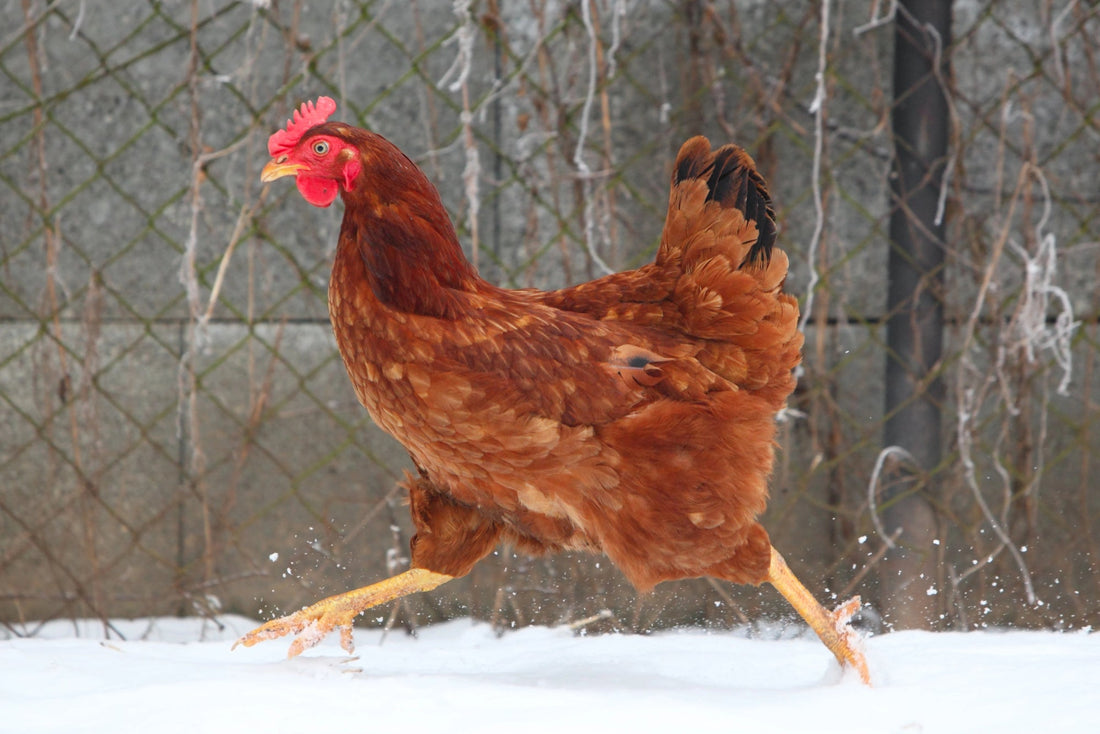Believe it or not, chickens are not just farmyard animals destined for the mundane life of pecking and roosting. Recent insights into animal behavior have unveiled a surprising capacity for learning and performing tricks in these feathered companions. Training chickens to perform tricks is not just a novel party trick; it's a testament to their intelligence and adaptability. This blog post dives deep into the hows and whys of chicken training, offering a glimpse into the fascinating world of avian intelligence.
Clucking Smart: The Intelligence of Chickens
Chickens have long been underestimated in terms of cognitive abilities. Recent studies, however, have painted a different picture, showcasing chickens as creatures capable of remarkable feats of memory, problem-solving, and even empathy. Understanding their intelligence is the first step in effective training. Recognizing that chickens can remember faces, discern time intervals, and exhibit complex social behaviors lays the groundwork for training approaches that harness and build upon their natural inclinations.
First Steps: Beginning Your Training Journey
Embarking on the journey of training your chicken starts with building a bond of trust. Chickens, like any other animal, respond best to training when they feel safe and cared for. Starting with simple presence and treat-based interactions can help establish this bond. Treats are a powerful motivator for chickens and can be used effectively to encourage desired behaviors from the very beginning.
Pecking the Right Treats: Motivation Matters
Identifying what treats your chicken finds irresistible is crucial to successful training. While most chickens are partial to grains and greens, experimenting with a variety of foods can help you discover what truly captures your bird’s attention. Using these preferred treats as rewards for small steps towards the desired trick not only makes the training process more effective but also more enjoyable for your chicken.
The Power of Repetition: Consistency is Key
Consistency in training sessions is paramount when training chickens. Short, frequent training sessions are more effective than longer, sporadic ones. Chickens thrive on routine, and regular practice helps reinforce learned behaviors. It’s also important to keep training sessions positive and end on a good note, ensuring that your chicken associates training with positive experiences.
Step by Step: Breaking Down Tricks into Manageable Tasks
Training a chicken to perform a trick involves breaking down the trick into smaller, manageable tasks. This method, known as shaping, allows the chicken to gradually learn the behavior without becoming frustrated or overwhelmed. For example, if you’re training your chicken to jump through a hoop, you might start by rewarding it for simply approaching the hoop, then for walking through it when placed on the ground, gradually raising it off the ground over time.
Beyond the Basics: Advanced Tricks
Once your chicken has mastered basic commands, you can begin teaching more complex tricks. Chickens can learn to navigate obstacle courses, play simple musical instruments, and even perform agility feats like weaving through poles or jumping over hurdles. These advanced tricks not only showcase the chicken’s intelligence but also provide mental and physical stimulation, keeping your feathered friend happy and healthy.
The Role of Patience: Training Takes Time
Patience is a virtue, especially in chicken training. Not all chickens learn at the same pace, and some may find certain tricks more challenging than others. It’s important to maintain a positive attitude and patience throughout the training process. Celebrating small victories and progress, no matter how minor, can help keep both trainer and chicken motivated.
Troubleshooting Training Challenges
Training challenges are inevitable, whether it’s a lack of interest from the chicken or difficulty mastering a specific trick. Sometimes, taking a step back and reassessing your approach or breaking down the trick into even smaller steps can help overcome these hurdles. Remember, the goal is to make training a positive and rewarding experience for the chicken, so flexibility in your approach is key.
Joining the Flock: The Social Aspect of Chicken Training
Chickens are social creatures, and their social dynamics can play a significant role in training success. Training in a group setting, where chickens can observe and learn from each other, can sometimes encourage hesitant birds to participate. However, it’s important to monitor these sessions closely to ensure that competition for treats doesn’t lead to aggression or stress among the flock.
Training chickens to perform tricks is more than a quirky hobby; it’s a journey into understanding the remarkable capabilities of these often-underestimated animals. By approaching training with patience, consistency, and a deep appreciation for the intelligence of chickens, you can unlock a world of potential in your feathered friends. Whether it’s a simple wave or a complex agility course, the process of training enriches the lives of both the trainer and the trained, fostering a deeper bond and a mutual respect that transcends species.

